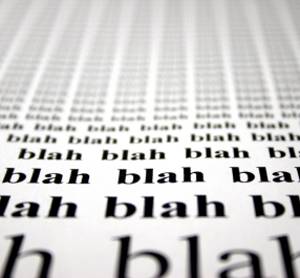I must be in a bad mood because I now find myself refuting something that an Austrian and a Keynesian wrote in less than 120 minutes. In all seriousness though, there’s an important lesson in here that doesn’t seem to be getting out. And I am either very bad at spreading that message or some people don’t want to understand it. So, in this version of “you didn’t really understand the Bank of England’s endogenous money research” I have to cite Paul Krugman who says that New-Keynesians understood that QE and the expansion of reserves wasn’t going to be inflationary:
“how could you expect anyone to predict that reserves would just pile up and not be lent out — nothing like that had happened since the 1930s. And Larry White then adds that it was all sterilized because the Fed paid a whopping 0.25 percent interest rate on reserves.
Gosh. We had just had the worst financial crisis since, um, the 1930s. Why would anyone possibly think that 30s experience was relevant? I’m thinking, I’m thinking.
And you know, that experience — and specifically the collapse of the money multiplier when you hit the zero lower bound— had been extensively discussed in this 1998 paper (pdf).”
In that 1998 paper Dr. Krugman says:
Banks, however, need hold only a fraction ar of their deposits in reserves and will hold no more than necessary; they lend the rest out (which is how consumers get the money for the deposits).
Of course, as the BOE so eloquently explained, that is simply not true at all. Banks do not “lend out” their reserves (except to one another). There is no reserve constraint. Banks lend first and find reserves later if they must. And if there is no demand for loans then expansions in the monetary base (like QE) will not increase the amount of broad money that banks issue (although, QE via a nonbank will increase deposit balances while reducing private bond balances). The “money multiplier” does not exist. It doesn’t exist in the “zero lower bound” and it doesn’t exist outside of the “zero lower bound”.
Dr. Krugman ends by saying:
“What gets me here is the complete unwillingness to accept the reality test. Here you have monetary economists who made a totally wrong prediction, at a time when other people were not only getting it right, but explaining carefully both the theoretical and the empirical basis for their prediction. Yet the reaction of those who wrongly predicted runaway inflation is to assert that (a) nobody could have predicted (even though some us did) and (b) it’s just special circumstances. The possibility of conceding that their model was wrong never seems to cross their minds.”
Yes, the New Keynesians got the inflation prediction right. But not because they were using a better model. The BOE report confirms for us that the IS-LM model is junk. Any model based on a loanable funds approach is junk. And getting the prediction right using a flawed model doesn’t make it a better model of reality.
Mr. Roche is the Founder and Chief Investment Officer of Discipline Funds.Discipline Funds is a low fee financial advisory firm with a focus on helping people be more disciplined with their finances.
He is also the author of Pragmatic Capitalism: What Every Investor Needs to Understand About Money and Finance, Understanding the Modern Monetary System and Understanding Modern Portfolio Construction.


Comments are closed.